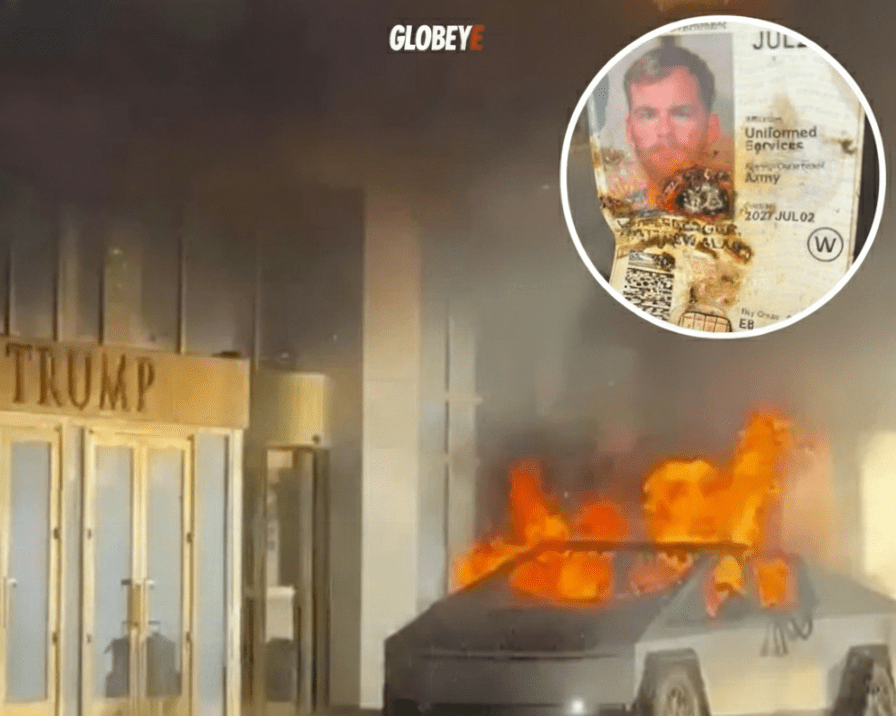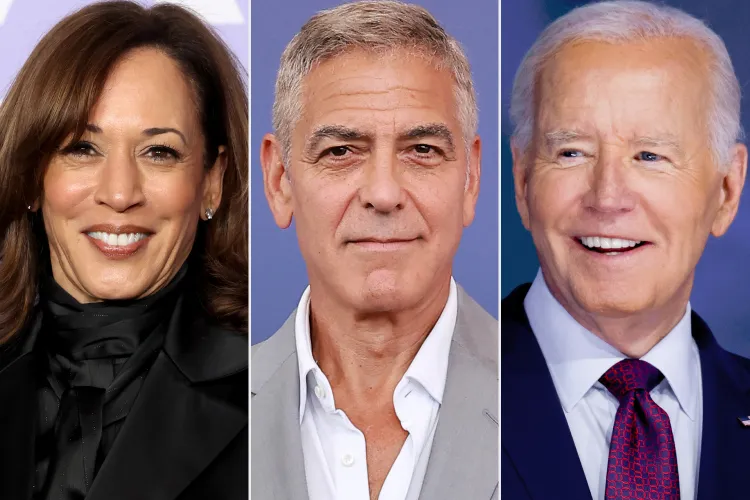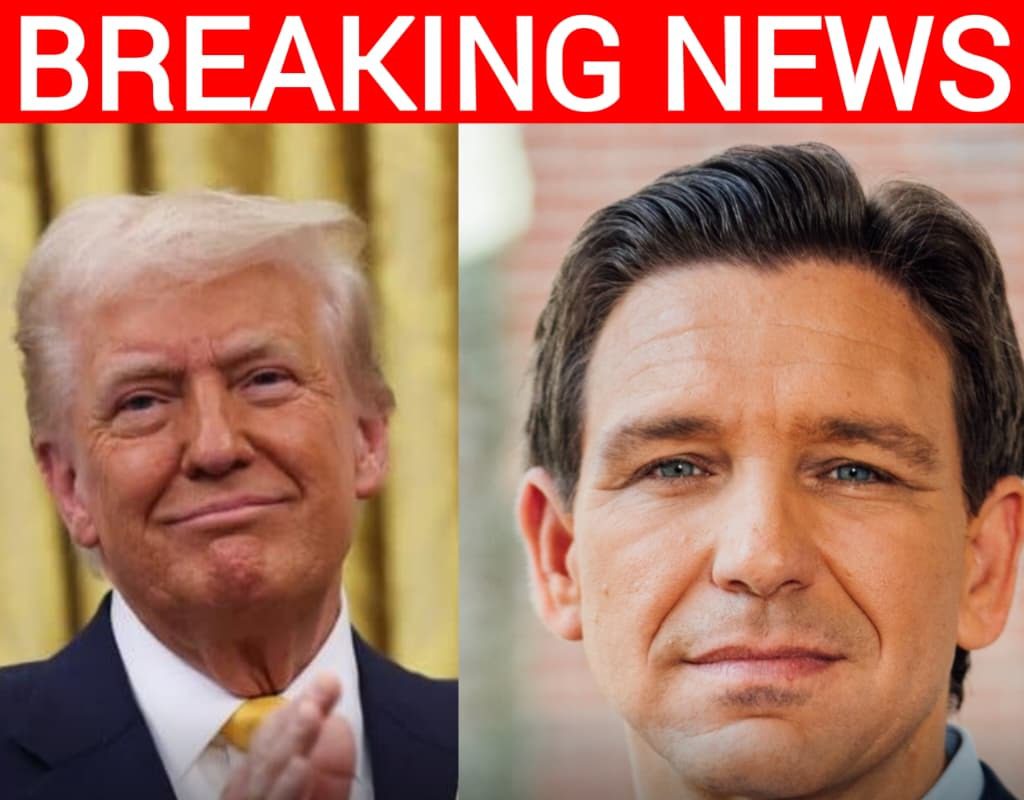Army Green Beret Matthew Livelsberger Detonates Tesla Cybertruck and Takes His Own Life Outside Trump International Hotel in Las Vegas — Investigators Say Motive Remains a Mystery
The first morning of 2025 in Las Vegas began with the kind of scene that could only belong to America’s age of contradictions — a gleaming Cybertruck engulfed in flames outside the gold-plated Trump International Hotel, smoke curling into the desert sky, and a single name at the center of it all: Matthew Livelsberger. The 37-year-old Green Beret, a decorated member of the U.S. Army’s Special Forces, died by his own hand just seconds before the vehicle erupted, setting off panic, confusion, and a wave of speculation that has yet to fully subside.
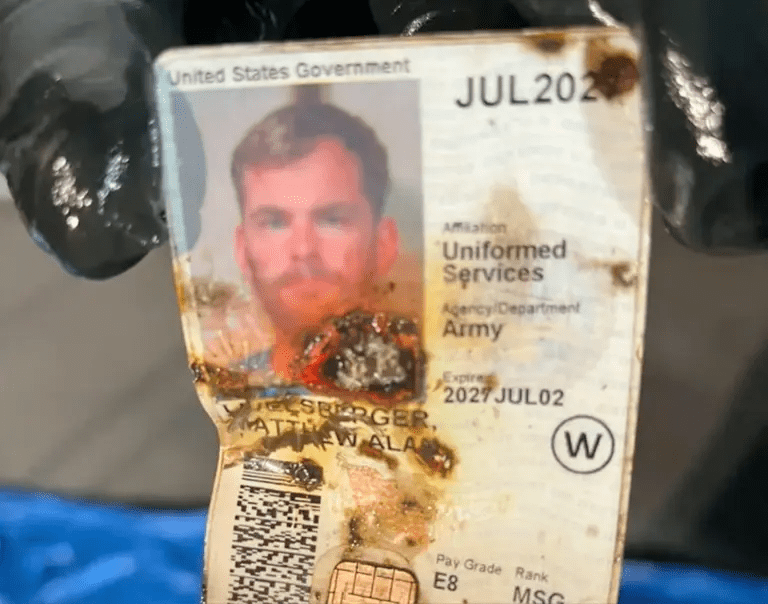
Investigators say Livelsberger arrived in Las Vegas late on New Year’s Eve after driving from Colorado Springs, where he was stationed. He had rented the all-electric Tesla Cybertruck through a peer-to-peer app, loaded it with fireworks mortars, gas canisters, and camping fuel, then parked it in the valet area of the hotel shortly after sunrise. Surveillance video shows the moment of ignition — a flash inside the cabin, a brief stillness, and then the fireball that shattered the quiet of the holiday morning. Seven people nearby suffered minor injuries. The driver was dead before the fire began, the result of a self-inflicted gunshot wound.
At first, the incident triggered fears of terrorism or politically-motivated violence, given the location and timing. But investigators quickly ruled that out. There was no evidence of a wider plot, no link to any extremist group, and no animosity toward President Trump, whose name loomed large on the building’s façade. What they found instead was a tragic collision of mental trauma, personal turmoil, and deep symbolic intent.
Livelsberger had served in uniform since 2006, deploying multiple times to Afghanistan and several other conflict zones as part of the 10th Special Forces Group. He earned a Bronze Star and other commendations. Colleagues described him as an intelligent and capable soldier, a man who could handle intense pressure but rarely spoke about what he had seen overseas. In recent years, however, those who knew him said his demeanor had changed. He had been struggling with depression, guilt, and the lingering effects of traumatic brain injuries from combat.
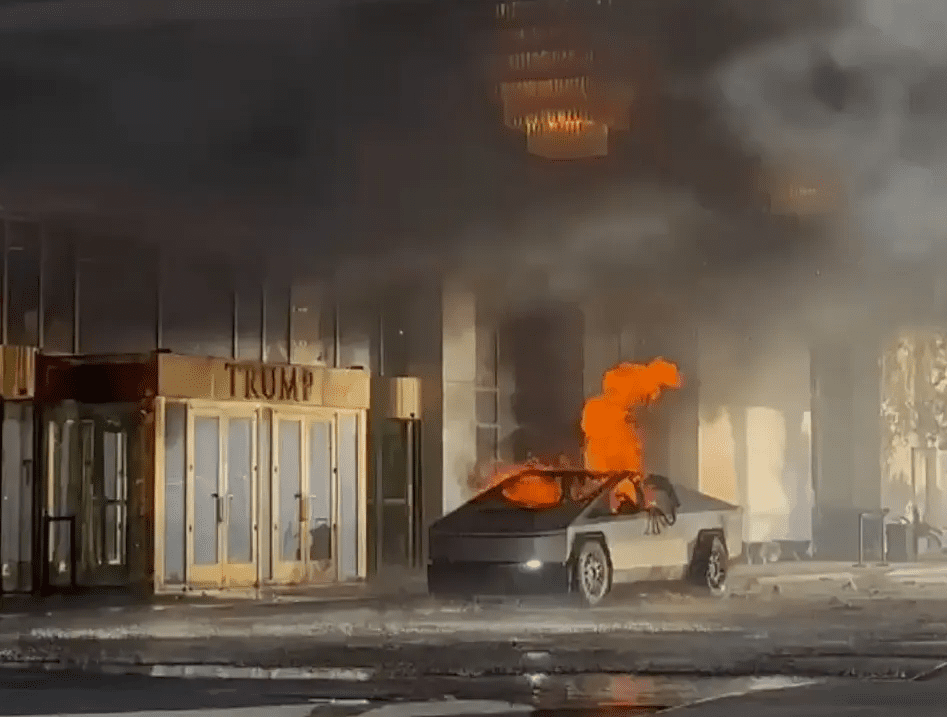
His personal life appeared to be unraveling as well. Court documents show he and his wife had separated less than a week before the explosion. Friends told police he had expressed feelings of hopelessness and paranoia, convinced that he was being watched or followed. Despite those signs, there was no record of disciplinary trouble, no red flags that might have led the Army to intervene.
When detectives combed through the burned remains of the Cybertruck, they found a phone containing two notes written in Livelsberger’s own words. In one, he described the act as a “wake-up call” for a country that he believed had lost its moral and spiritual direction. In another, he wrote that he wanted to “cleanse his mind” of the memories of war — “the brothers I’ve lost and the lives I took.” The tone was not political but confessional, almost like a final sermon delivered in flames.

Authorities also discovered that in the days leading up to his death, Livelsberger had used artificial-intelligence tools to research explosions and ignition systems, though investigators say the setup was crude and the intent was more demonstrative than destructive. The materials were consistent with fireworks and fuel rather than military-grade explosives, suggesting that his goal was visibility, not mass harm. The blast was dramatic but contained, thanks in part to the truck’s stainless-steel shell, which directed much of the force upward.
The incident struck a haunting balance between precision and chaos — the calculated act of a trained soldier carried out in a moment of despair. Officials have classified it as a suicide, not terrorism. Yet the symbolism cannot be ignored: a futuristic vehicle associated with progress and innovation, destroyed in front of a building that represents power, wealth, and fame. Whether by design or subconscious impulse, Livelsberger’s final stage seemed chosen to ensure that his death would not go unnoticed.
In Las Vegas, the aftermath was surreal. Guests were evacuated, streets sealed off, and national networks flooded with images of the burning truck framed by the familiar gold TRUMP lettering. Within hours, federal agencies arrived, piecing together a timeline that painted the picture of a man spiraling inward while still functioning with military precision.
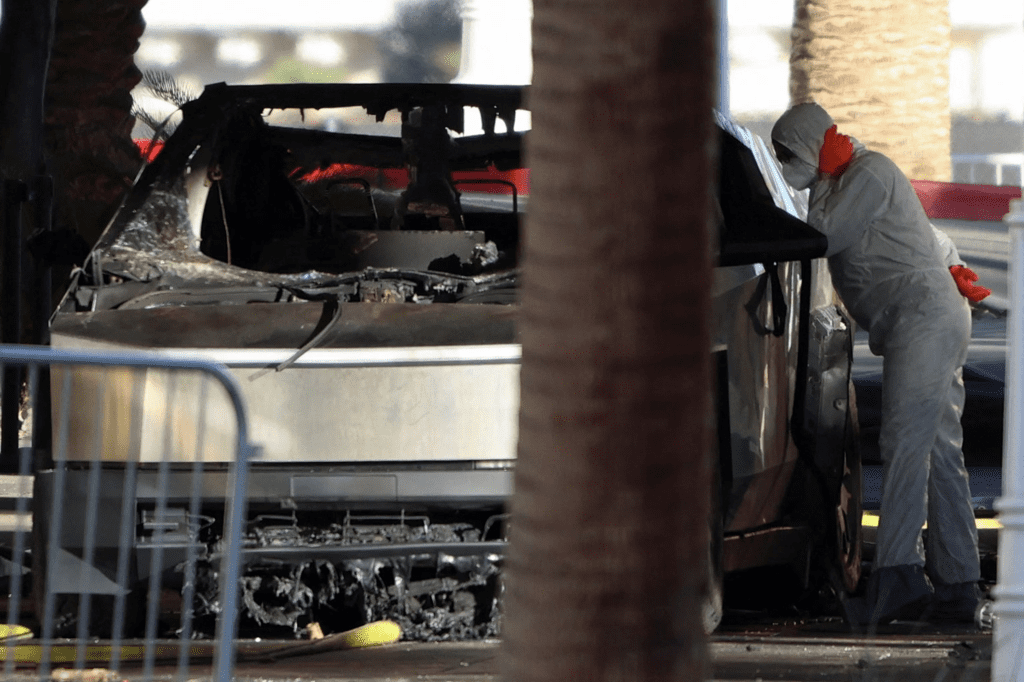
Those closest to him described Livelsberger as apolitical, disciplined, and devoted to his country. Former teammates spoke of a soldier who mentored younger recruits, someone who kept his humor even in the bleakest conditions. But others noticed changes — a growing fixation on the state of the world, the sense that he believed he was carrying burdens no one else could understand. The “wake-up call” he referenced may have been directed as much at himself as at the nation he served.
His death has since prompted renewed discussion about mental-health care for Special Forces members, who operate under extreme secrecy and stress, often with limited long-term support once they return home. The Army confirmed that Livelsberger had been receiving treatment for post-traumatic stress, but the details remain confidential. Veterans’ groups argue that his case underscores an ongoing crisis — a system that can prepare soldiers for war but still fails to help them find peace afterward.
By late January, investigators released their final report. It confirmed that the explosion was self-initiated and that Livelsberger acted alone. No manifesto was made public, and the Department of Defense declined to release portions of his personal writings, citing privacy and national-security considerations. Officials described him as a decorated professional who reached a breaking point few could see coming.
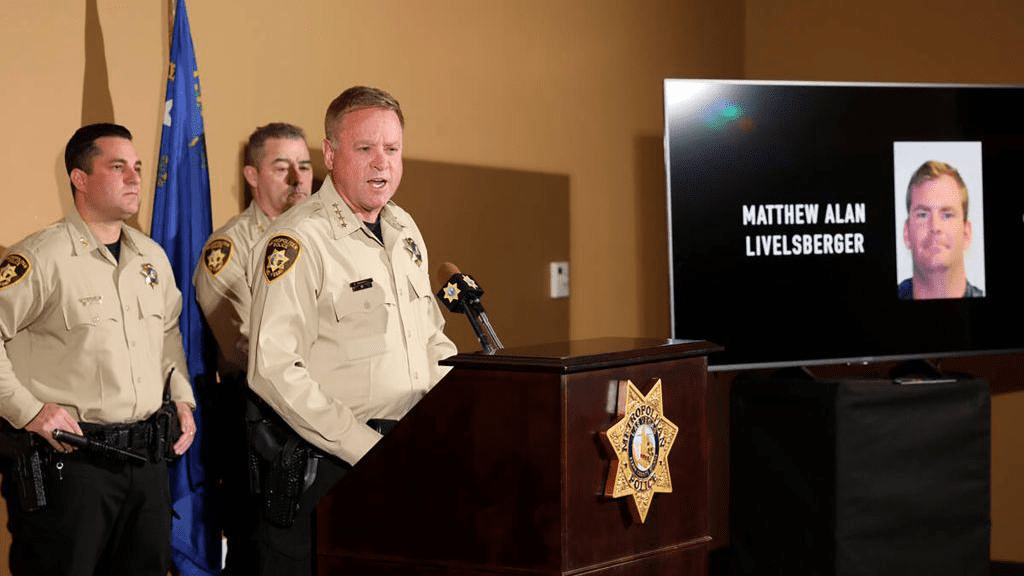
Even now, questions persist. Why choose that location? Why that day? Why such a theatrical method? Some suggest he wanted to fuse his personal pain with a symbol — the gleaming car, the iconic hotel, the new year — creating a tableau of conflict between modern America’s promises and its unseen wounds. Others see it simply as the last desperate act of a man who could no longer bear his own memories.
The Trump International Hotel reopened later that afternoon. Tourists returned, cameras flashed, and the scorched marks on the pavement were quietly washed away. But for those who watched the flames or read the reports that followed, the image lingers: a soldier who survived battlefields only to fall in the heart of his own country, leaving behind a puzzle of fire and silence.
The Las Vegas explosion of January 1, 2025, will be remembered not for its casualties or damage, but for its questions. It forced a reckoning with how fragile even the strongest among us can be, how the line between heroism and heartbreak can vanish without warning. Matthew Livelsberger’s story is not one of politics or spectacle — it is a story of service, pain, and the quiet implosion of a man who once defended everything he would later set ablaze.
